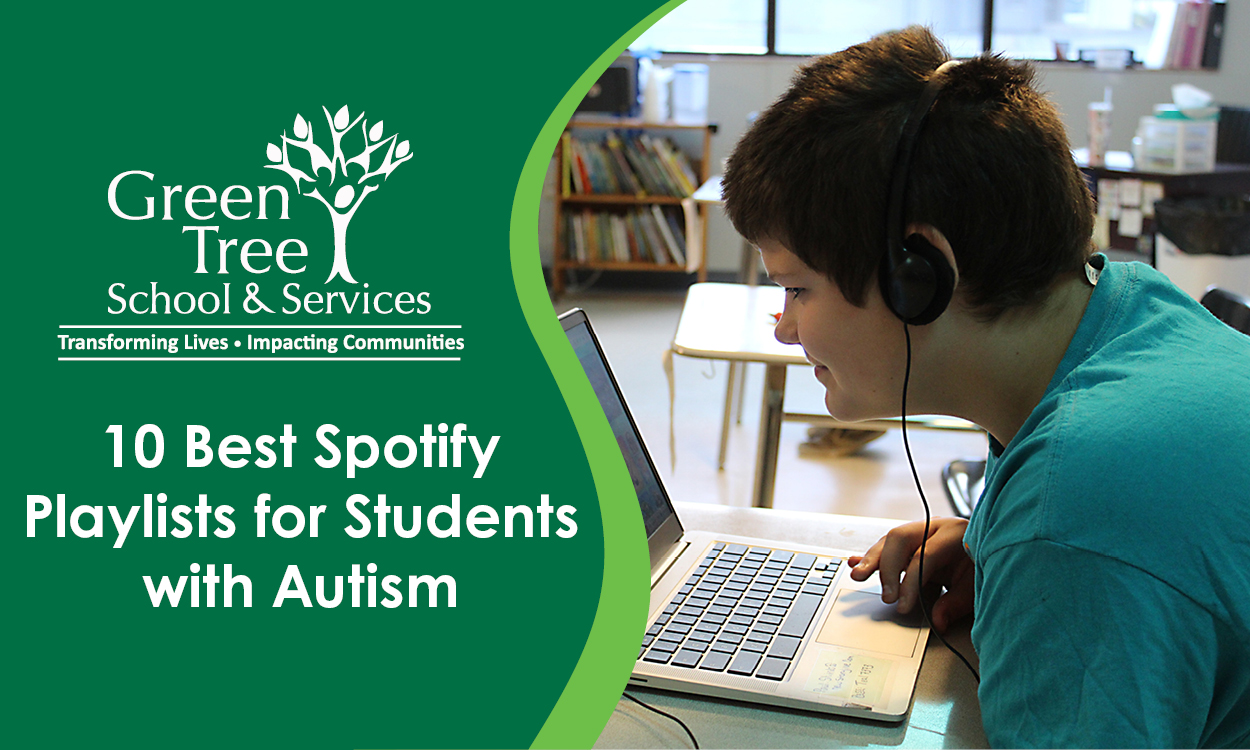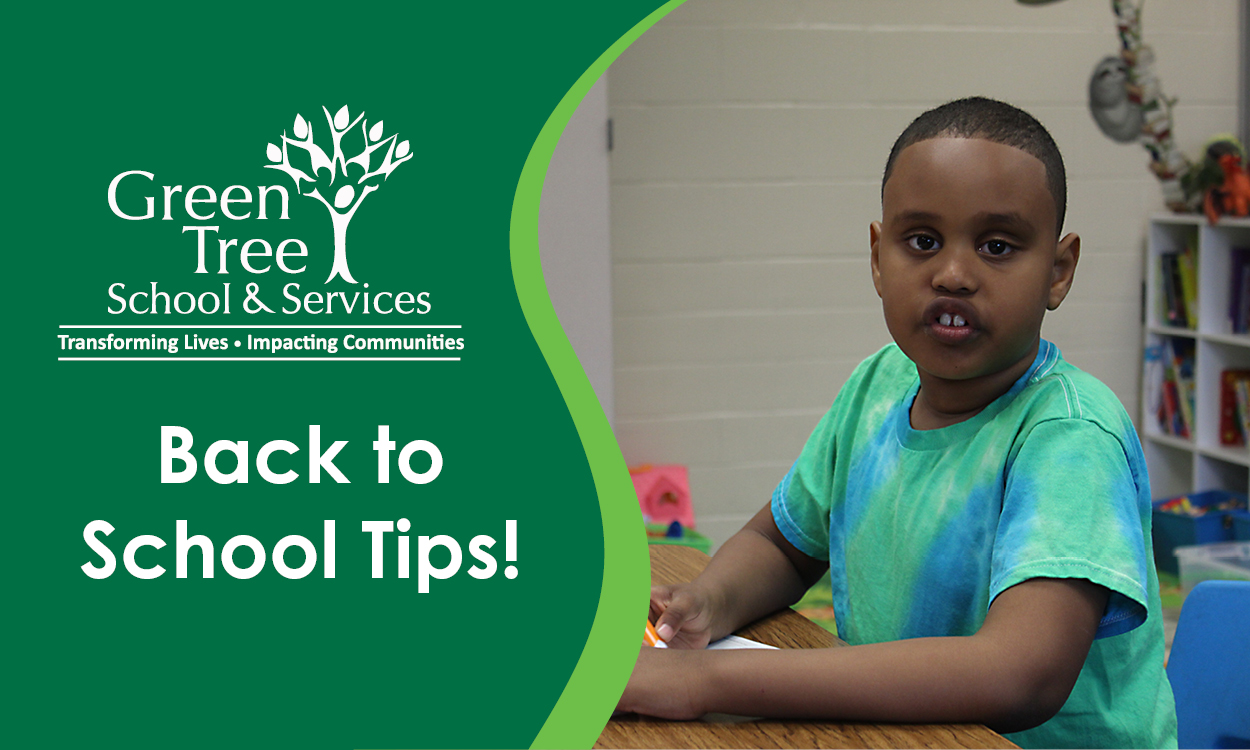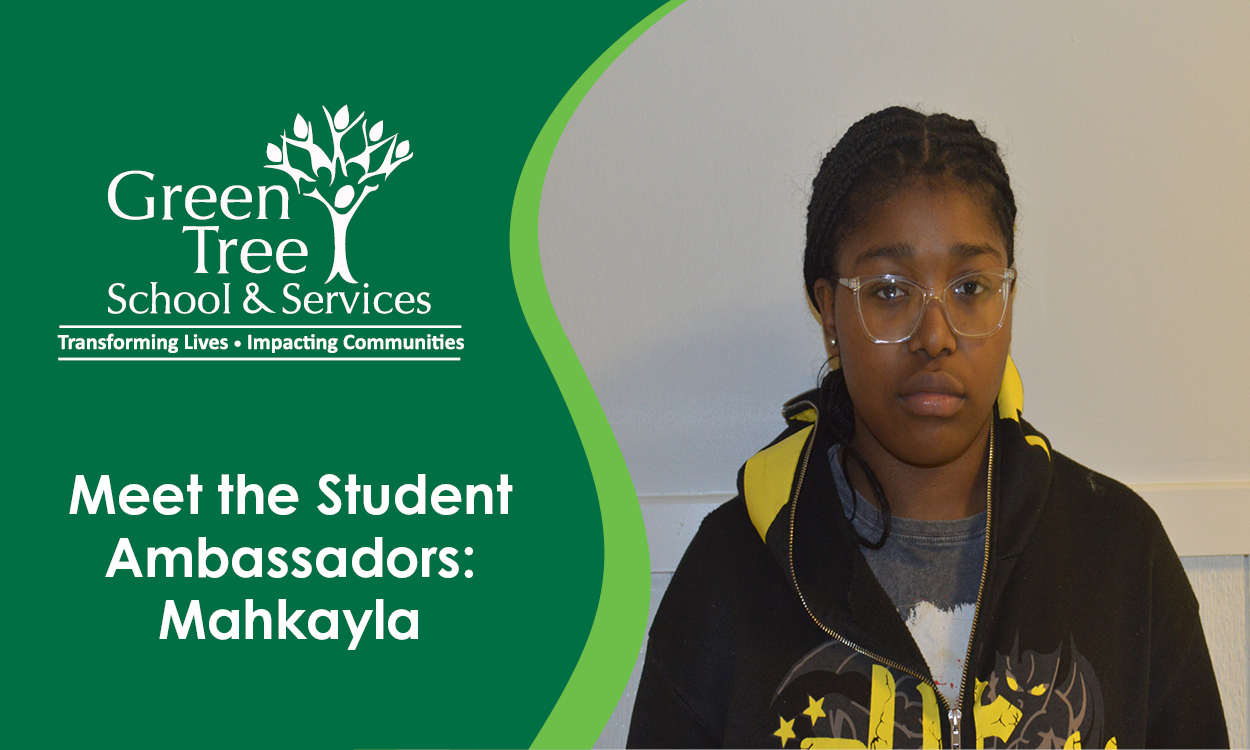Autism and Sensory Issues: A Parent's Guide
Posted: August 24, 2023 | Written By: Michelle Brown | Category:

When you have a child on the autism spectrum, it can be challenging to understand how the world around them can affect them differently than it affects you. While no two people with autism share the same sensory differences, it helps to know what to look for. Learning to recognize and help minimize sensory issues will make life better for your young one, and in many cases, improve your own life too.
What are sensory issues in people with autism?
People on the autism spectrum commonly experience sensory processing issues that would not typically affect a neurotypical (non-autistic) person. These reactions can cause mild to very profound difficulties which can affect their lives (as well as the lives of those around them) significantly. Let’s explore some ways that the senses can be affected, keeping in mind that each person is different, and can experience one, more than one, or any combination of the reactions discussed below.
Hypersensitivity - This is a state of oversensitivity, or over-responsiveness, and it can affect any of the senses. A common hypersensitivity in people on the spectrum can be in reaction to bright lights, particularly fluorescent lighting, but any bright light could cause a sensitivity. For others, certain sounds, smells, tastes, or textures can be overstimulating or overwhelming.
For instance, some people on the spectrum do not tune out certain sounds or background noises as well as neurotypical people. So, something as simple as a loud air conditioner, a low hum of a refrigerator, or people talking quietly on the other side of the room, could be just as loud or intrusive as the person talking directly to them.
Particular clothes or clothing fasteners might rub the wrong way, or the smell of certain perfumes or soaps can be too strong. Signs of hypersensitivity may include pulling away from physical touch, covering ears to avoid sounds, being repulsed by certain foods, becoming agitated in certain lighting, and avoiding certain kinds of clothing.
Hyposensitivity - This is a state of under-sensitivity, or under-responsiveness, and it can also affect any of the senses. This can present itself in various ways, such as difficulty recognizing hunger, pain, illness, or a need to use the restroom.
Someone with hyposensitivity to pain may walk around on a broken ankle for days before anyone notices. Hyposensitivity to smell may cause someone to be unaware of strong smells, like their own body odor. Hyposensitive people may have a constant need for movement, be attracted to brighter light, louder noises, attempt to eat things that aren’t food, or seek out more sensory input with behavior called stimming.
Sensory Overload - This can happen when intensity (whether it be from hypersensitivity or from too much stimming) overwhelms a person’s ability to cope, or self-regulate. It could be triggered by one event, like a very loud noise, or build up gradually due to the effort it takes to cope with everyday sensory sensitivities. When this happens, it can feel like intense panic or anxiety, a sudden need to escape, difficulty communicating, or exhaustion and shutdown.
What can I do to help with my child’s sensory issues?
The first thing you can do is gather information. Keep a close eye on signs of hypersensitivities and hyposensitivities in your child, and do your best to communicate with them about what may be bothering them. From there, you can try accommodating by changing the environment and/or using tools or strategies that help. Here are just a few examples of how to help sensory difficulties.
Helping With Hypersensitivity
- Make a safe, quiet space with dim lighting for calming down
- Visit new places at quiet times, gradually increasing the duration over time
- Try earplugs or noise-canceling headphones to help with sound sensitivities
- Plan for ‘calm’ days to counteract busy days and reduce anxiety
- Avoid strongly scented products
- Choose soft, comfortable clothing
- Choose foods that avoid aversions to textures, temperatures, or spices
- Ask or tell before you touch, and remember that hugs can be painful
Helping With Hyposensitivity
- Provide fidget toys, chewies, squishy balls, putty, or playdough
- Arrange furniture to allow for safe, open spaces that allow movement
- Take several breaks for movement throughout the day
- Use weighted blankets, stuffed animals, or squeeze vest to provide pressure
- Take frequent restroom breaks for those with reduced body sensation awareness
- Listen to music, bounce on a trampoline, or take walks periodically
- Provide foods with strong tastes or textures as desired
Be sure to partner with your child’s school and medical professionals for the best chance at consistency and success. Therapies such as occupational therapy, cognitive behavioral therapy, or other forms of therapy can also be very helpful in some cases. For more in-depth information on sensory issues and ways to help your child handle them, check out these articles by The National Autistic Society, Autism Speaks, and The Spectrum.
Want to be notified of new articles and resources from Green Tree Schools? Click here to submit your email and opt into our newsletter.










